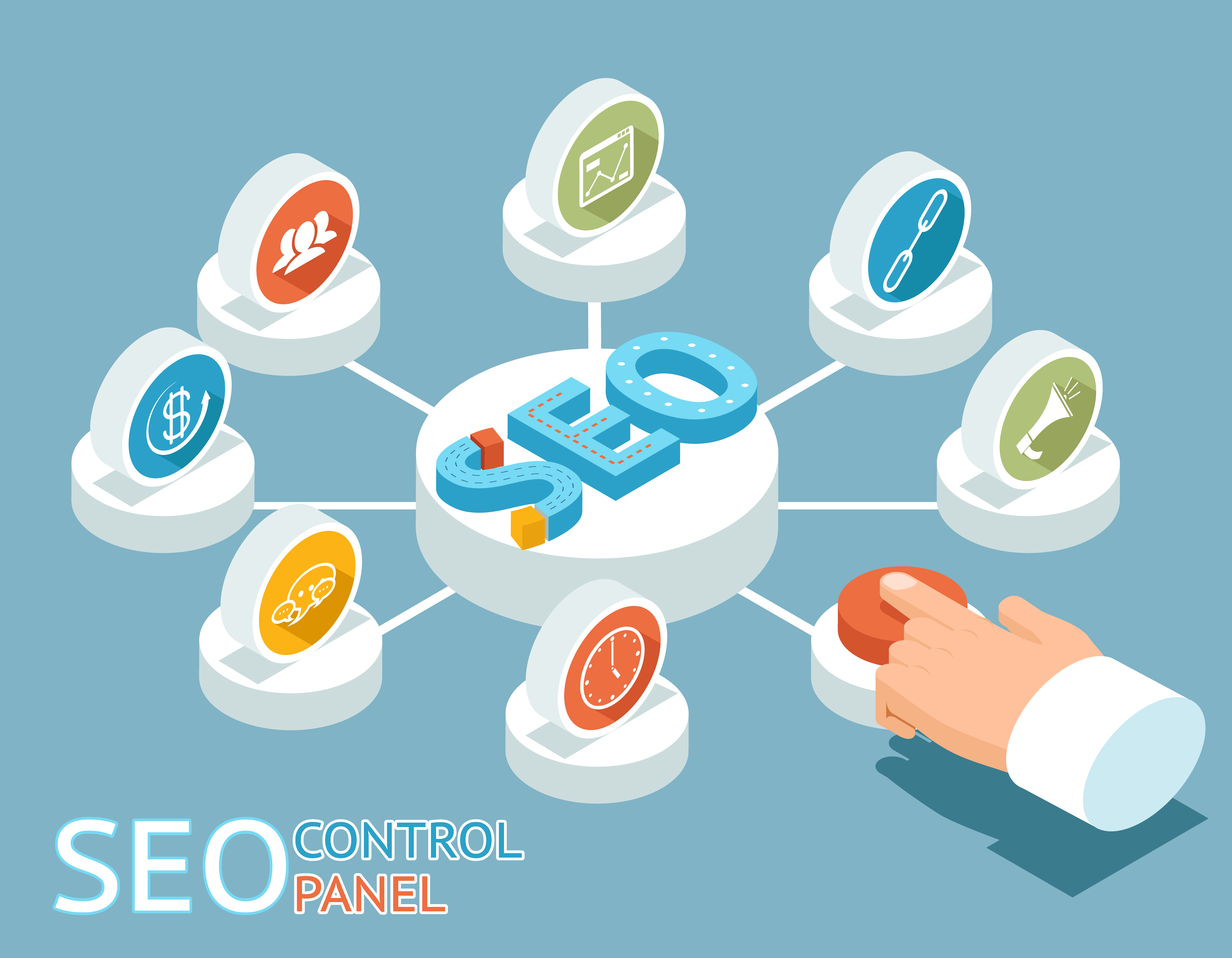Knowing the appropriate SEO metrics is crucial in the quick-paced world of digital marketing since it can make or break an online approach. Consider these measurements to be GPS, assisting in navigating the confusing paths of SEO. You wouldn’t operate a vehicle without a destination in mind, would you? It’s critical to monitor and evaluate particular data to assess the effectiveness of SEO efforts. These metrics give information about how effectively strategies are working and where changes might be necessary.
Let’s examine a few important SEO metrics that all marketers need to be aware of.
1. Organic Traffic: Website’s Pulse
The term “organic traffic” describes the visits to websites that arrive from organic search results. It functions as an internet presence’s vitality. It’s critical to keep an eye on organic traffic.
A consistent rise in organic traffic indicates the effectiveness of SEO efforts.
If there’s a spike, it means that searchers are connecting with material. On the other hand, a decline could indicate that changes are necessary. Google Analytics, for example, can help to measure organic traffic and find high-performing pages.
2. Keyword Rankings: Search Visibility

How effective are the keywords you’ve chosen? Monitoring the ranks of keywords is crucial. It shows where you rank in search results for specific terms. Consider the game of hide and seek. If you’re always hiding and never getting discovered, it’s time to adjust your approach.
It can determine whether the audience can see content by routinely monitoring these positions.
Utilizing tools such as SEMrush, Ahrefs, and Moz, you can find chances for optimization by gaining comprehensive insights into keyword performance.
3. Click-Through Rate (CTR): The Engagement Indicator
CTR is the proportion of users that click on the link to a website from search results. It resembles the popularity contest found in the world of search engines. For tracking CTR, Google Search Console is a useful tool.
A high CTR indicates that people are paying attention to the title and meta description, more organic traffic and better rankings.

4. Bounce Rate: The Exit Sign
The percentage of visitors to a website that returns after only reading one page is displayed by bounce rate. A high bounce rate may be a sign of uninteresting or irrelevant information.
Reducing bounce rates requires keeping visitors interested.
Consider it as a movie trailer that fails to pique curiosity. If visitors depart quickly from a website, it’s a good idea to review services. Bounce rate data in detail is available via Google Analytics.
5. Conversion Rate: Turning Visitors into Customers
Ultimately, want site visitors to become involved. How many of those visitors accomplish a desired activity, such as completing a form, making a purchase, or subscribing to a newsletter, is measured by the conversion rate. This measure is essential.
If a website receives a lot of traffic but few conversions, it’s time to review the sales funnel.
6. Page Load Time: The Speed Test
How quickly does the site? For both SEO rankings and user experience, page load time is important. Pages that load slowly are like molasses in the winter; they annoy users and make them give up.

You may raise your ranks and lower bounce rates by keeping an eye on and optimizing your page load time.
Aim for quick load times to maintain user interest. Recall that every second matters, particularly when it comes to holding on to curious guests. Utilizing resources such as GTmetrix and Google PageSpeed Insights, anyone can assess and improve the speed of a website.
7. Backlinks: The Trustworthiness Factor

Referred to as inbound or backlinks, they are connections pointing from other websites to yours that serve as testimonials. Search engines will view a website as more credible the more high-quality backlinks it has.
Play a big role in search engine results since they show how authoritative and credible your information is.
Consider backlinks to be recommendations; if a restaurant has a lot of recommendations, it must be good. Putting a lot of effort into developing a solid backlink profile will greatly improve SEO results. Comprehensive backlink analysis is provided by tools such as Ahrefs, and Moz.
Roadmap to SEO Success

Digital marketing strategy can change if you comprehend these important metrics. You can learn a lot about a website’s performance by keeping an eye on things like organic traffic, keyword rankings, click-through rates, bounce rates, conversion rates, page load times, and backlinks. In the same way that you wouldn’t drive without a map, you also shouldn’t manage SEO without keeping an eye on these crucial signs. Improve strategy and accomplish objectives by using the insights that each metric offers.
Recall that SEO is a continuous process, and the secret to long-term success is being aware of your performance.

